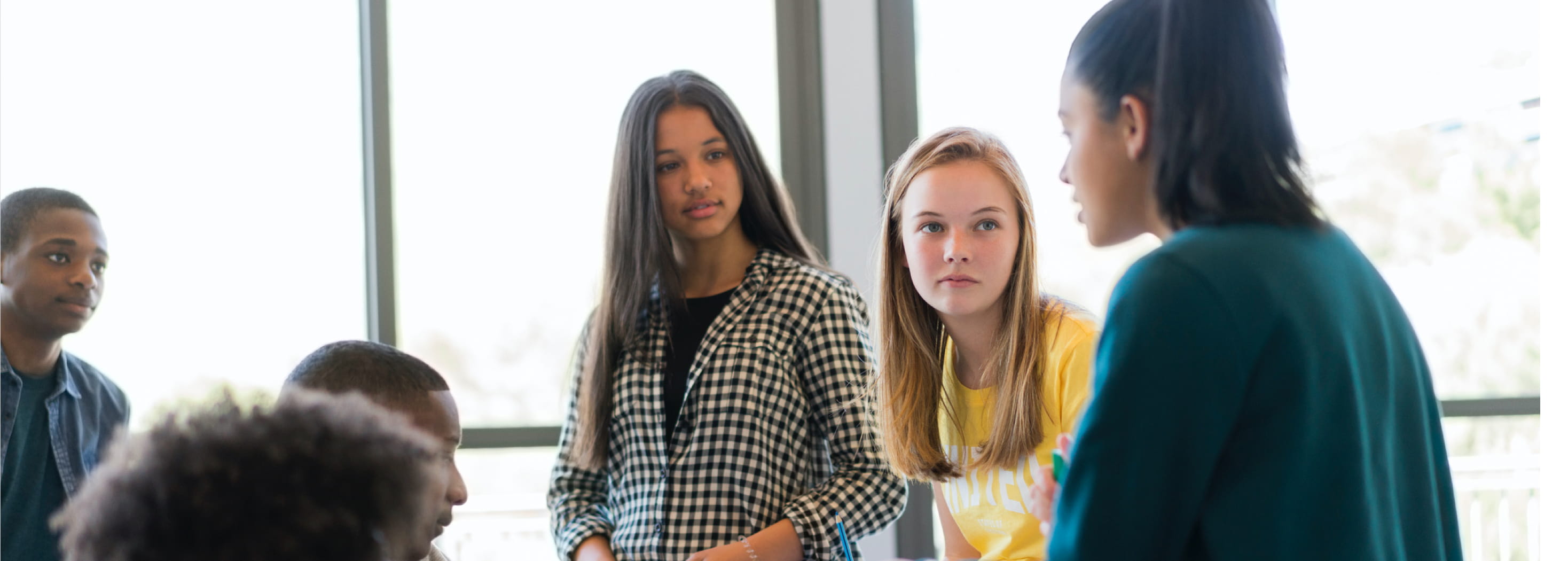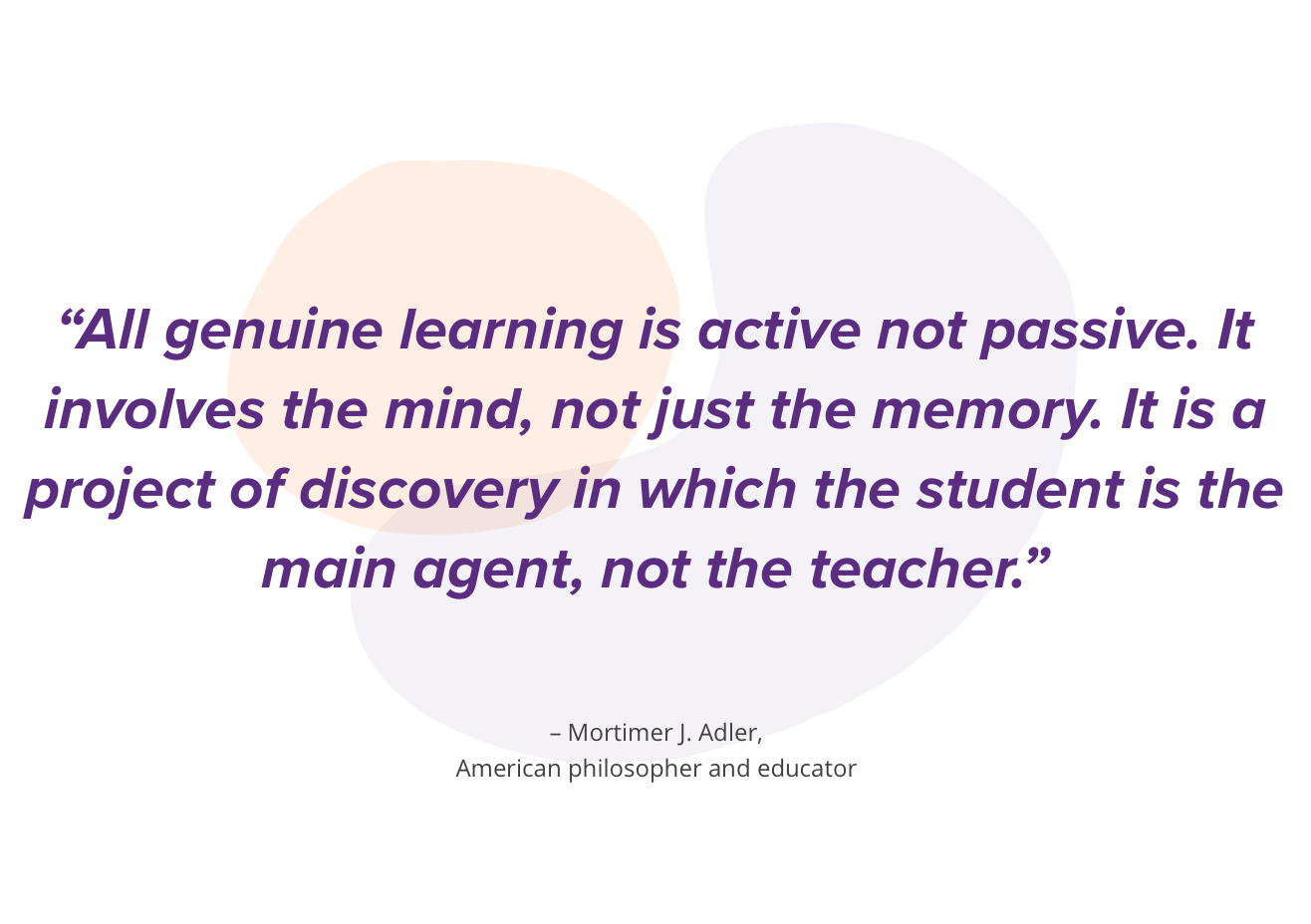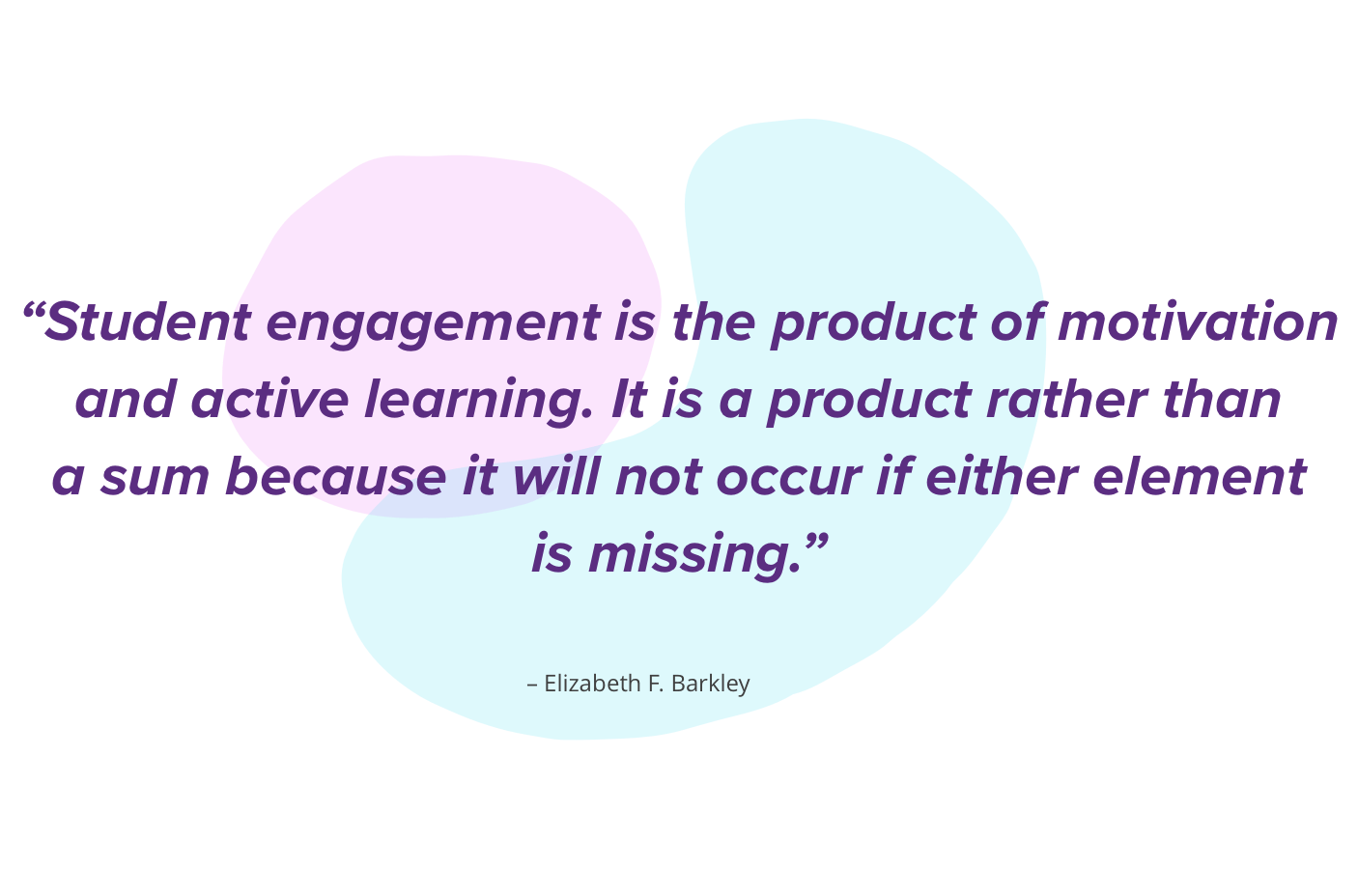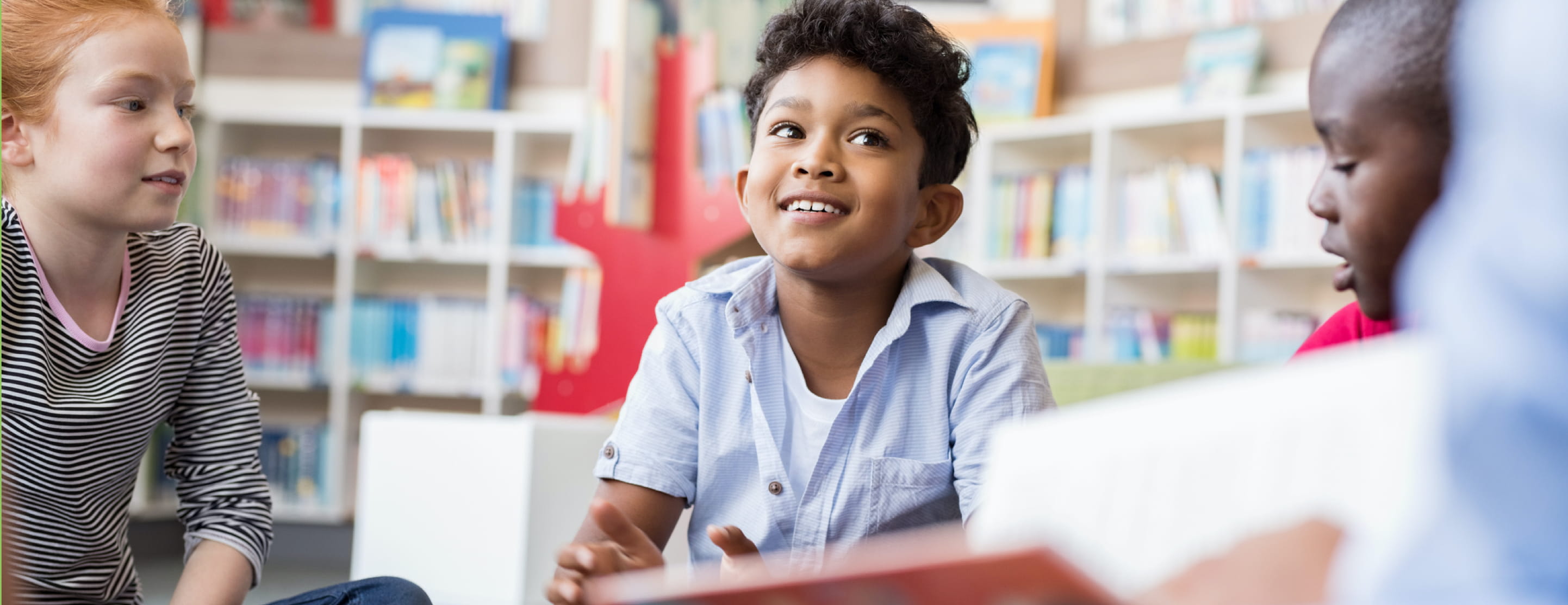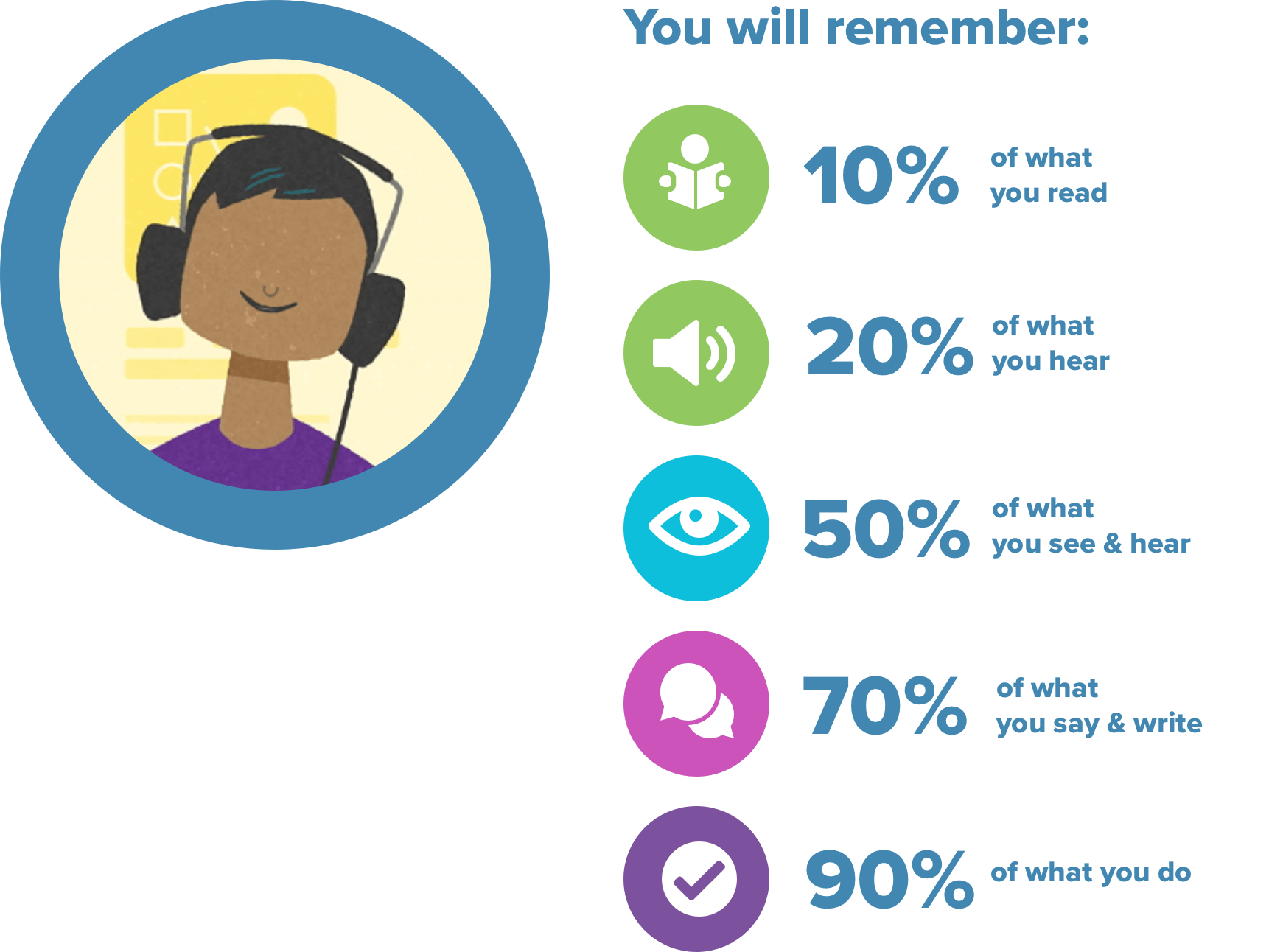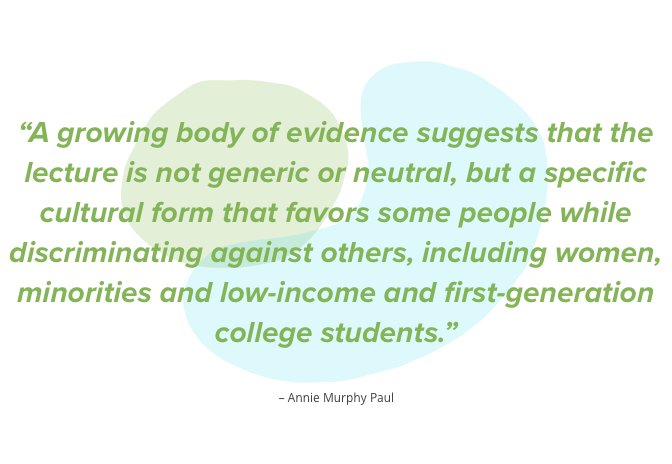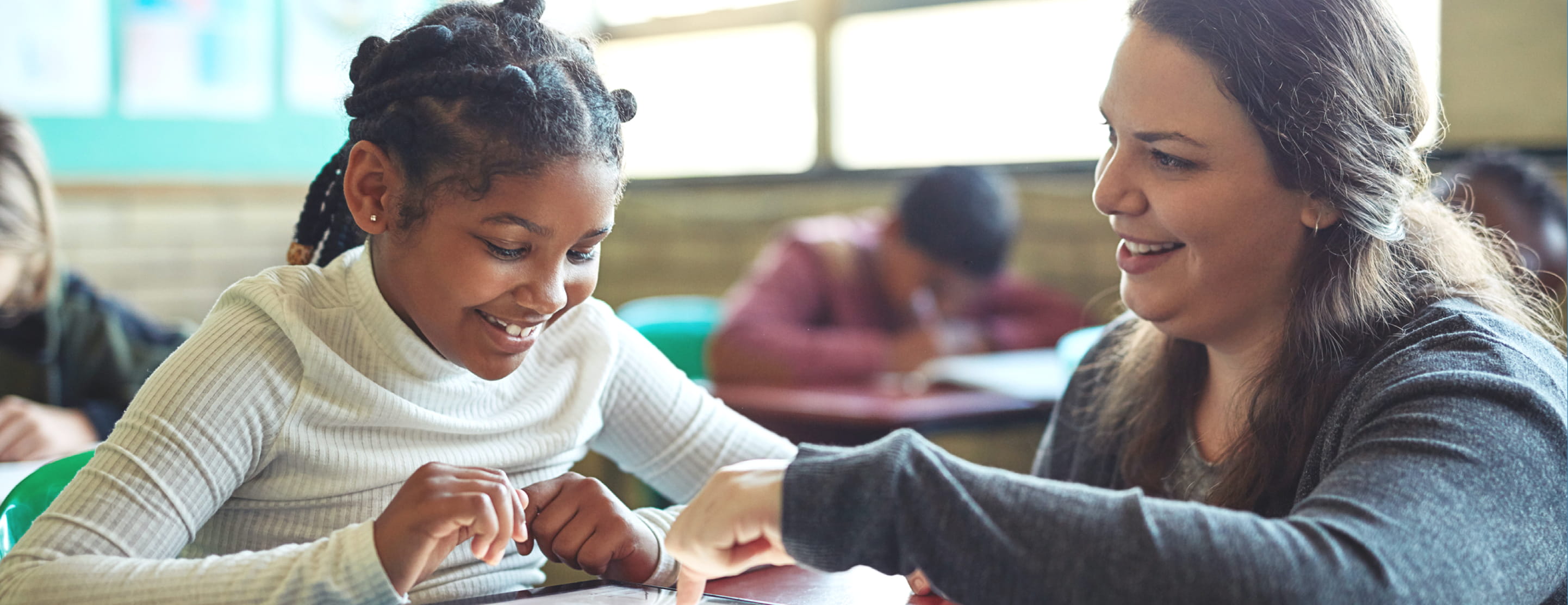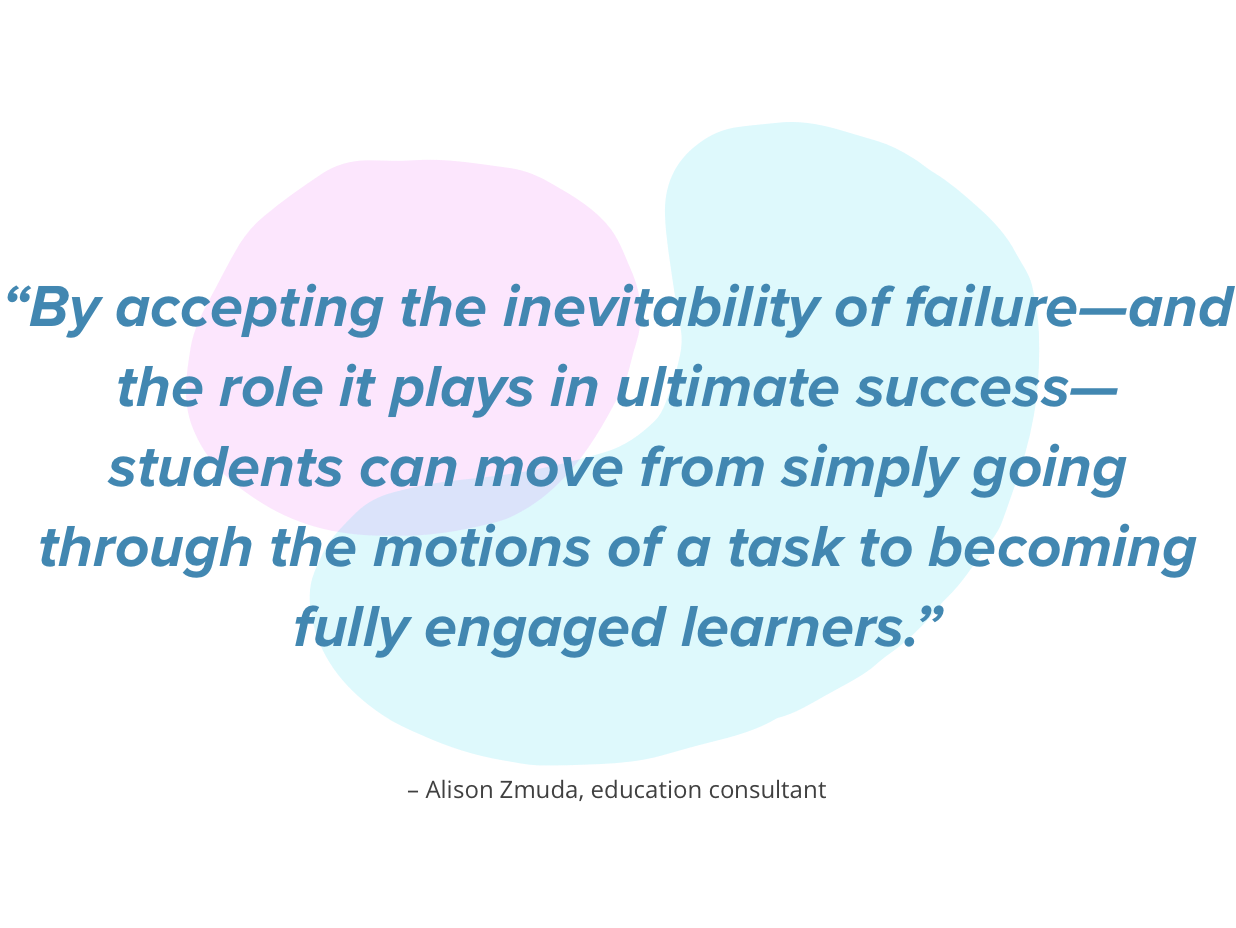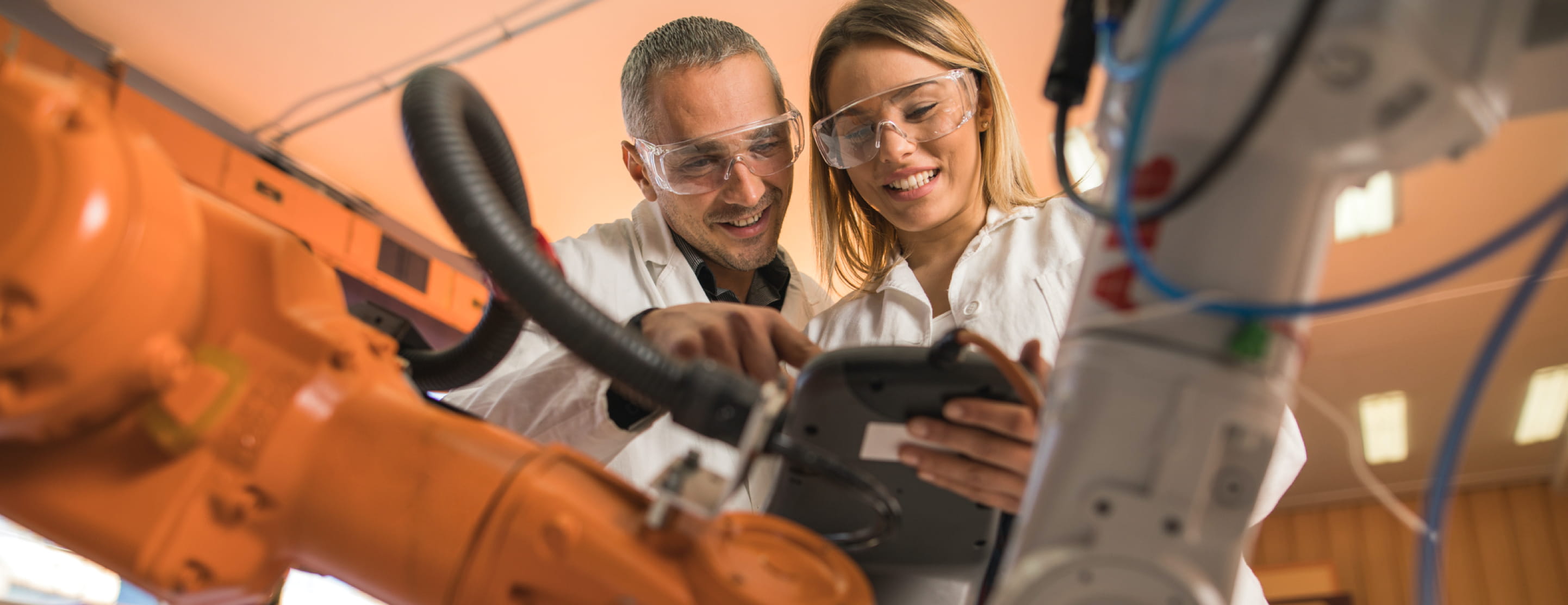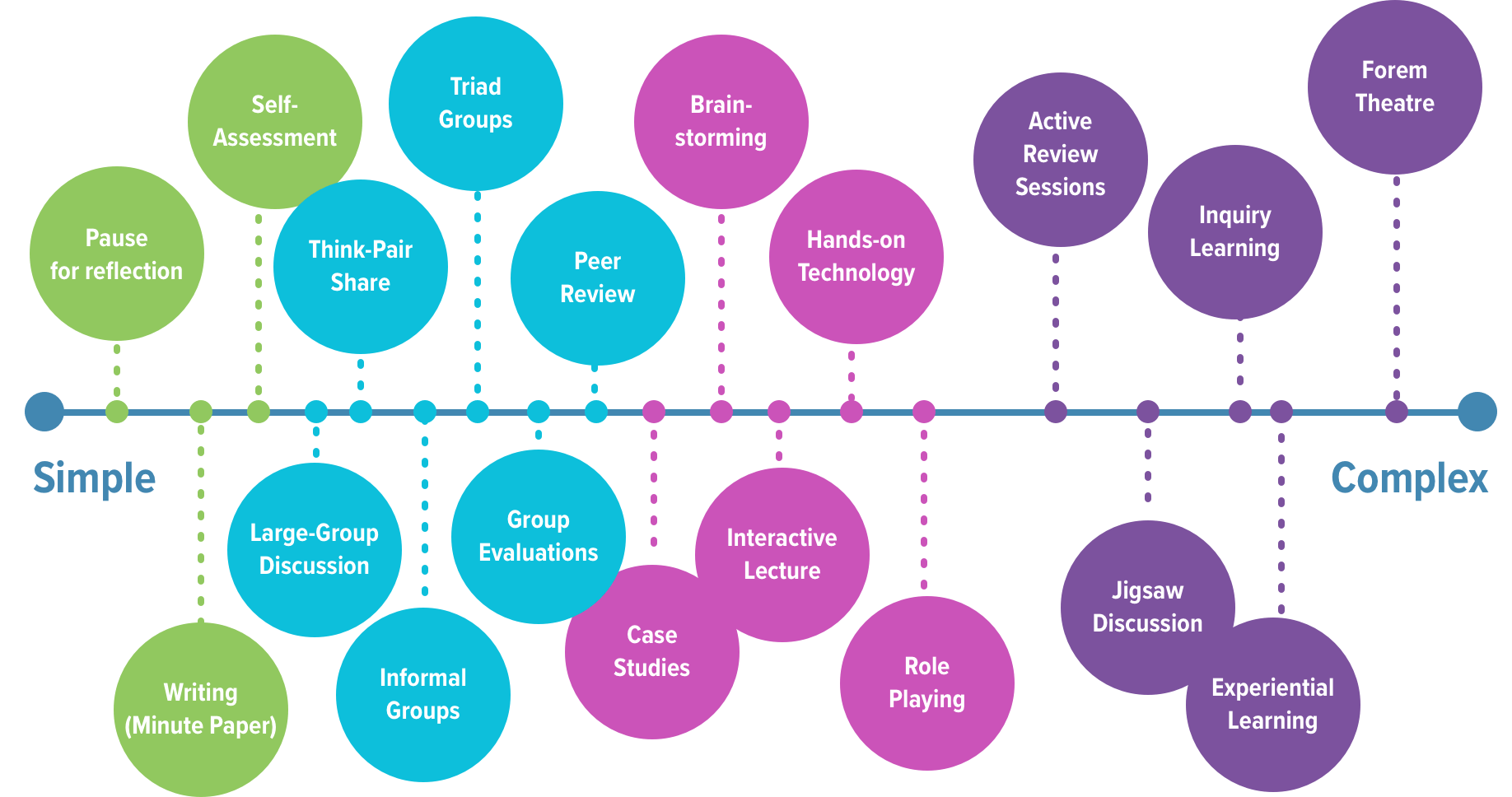Today’s students need to master the three Rs, but they also need a host of other skills. To succeed in our high-tech age, they must be problem solvers, team players and critical thinkers.
This is where active learning comes in. The term describes a range of techniques that help students actively engage with their learning as a way of acquiring the knowledge and ability that will help them thrive.
A quick overview
Active learning can be as simple as promoting classroom discussion. It can be as involved as a site visit with hands-on learning. But whether simple, complex or somewhere in between, all active learning puts the student at the center of the learning experience.
At its heart, active learning is an attempt to activate the way we learn naturally. By actively processing new knowledge, students practice higher-order thinking and develop their working memories. This promotes brain development and gives students the chance to apply their knowledge in real-world situations. More importantly, active learning fosters skills like teamwork, collaboration and creativity.
In the following pages, we’ll look at the science and research behind active learning. We’ll also offer best practices and practical tips to help you increase active learning and put students at the center of the classroom.
Download your copy of the SMART Active Learning Guide now
Email address
Download PDF
What is active learning?
Active learning is based on constructivism, a learning theory that says we learn by making connections and building understanding. So an active learning classroom is a space in which students wrestle with concepts, make links between facts, grapple with the implications of new knowledge and work collaboratively. The result is that they are actively engaged in their education and apply their skills in authentic scenarios. The learner is always at the center of the process.
Students may be physically moving around the classroom using hands-on activities to engage with the content but they may also be at their desks exploring or creating with a minds-on activity.
Indicators of Active Learning
Active learning has several unique characteristics:
- Students are at the center of the learning, working collaboratively or exploring on their own
- Once a concept is introduced, discussion follows
- Students are making connections between the learning and their peers
- Students are asking more questions than the teacher
- Students have the time and space to follow their curiosity and connect it to the learning
- Students are engaged
Key findings from this section
- Active learning doesn’t always involve hands-on learning
- Active learning puts students at the center of their education
- The goal is to actively engage students in their education
Quick resources for further exploration
Does active learning work?
In the course of the last 30 years, active learning has been refined. It’s also been studied extensively, and the results are very good.
The evidence
We can safely say that active learning works. It works in classrooms. It works in labs. It works online and fully remotely. In short, it works in all situations. And it works with all ages, grades and subjects.
Some studies have looked at how we learn generally.
Researchers have looked at how active learning works in specific situations. We know that adding active learning elements to direct instruction produces dramatic results. Hattie and Marzano’s research has determined active learning has a 0.81 effect size in comparison to passive learning activities.
Many other studies have similar results. The researchers use different methods and focus on different areas, but they confirm one thing: active learning works. When students have to construct meaning using new and prior knowledge, they achieve the higher-order-thinking skills of Bloom’s Taxonomy. These connections require their brains to create new neural pathways. In this way, new knowledge becomes part of working memory and can be drawn upon in new situations.
There is also new research that looks at how the benefits of active learning are distributed among students. There is clear evidence that active learning benefits minority and marginalized students to a greater degree than their white male counterparts. The science writer Annie Murphy Paul provides an excellent overview in the New York Times. She says many of these benefits can be traced to problems with the lectures that are the main feature of passive learning.
At Georgia State University, incorporating active learning practices, especially with its most vulnerable students has resulted in a 22% increase in graduation rates.
Want to apply active learning in a blended environment? Check out SMART’s Blended Learning page.
The benefits
Active learning helps students in many ways. It:
- Increases knowledge retention
- Makes it easy to transfer learning
- Improves critical-thinking skills
- Provides more frequent and immediate feedback
- Builds self-esteem
- Builds learner autonomy
Want to learn more?
Download your copy of Active Learning: more important than ever.
Email address
Key findings from this section
- Active learning works with all ages and in all subject areas
- Active learning incorporates our new understanding of brain science
- Active learning is more inclusive and works for students of diverse backgrounds
Quick resources for further exploration
Best practices for active learning
Before we dive into specific classroom exercises, let’s look at some guiding principles of active learning.
Cambridge Assessment, a department of the University of Cambridge, notes that “active learning does not have to mean a complete change to classroom practice.” Instead, small changes can have big impacts. Its active learning checklist includes tips like:
- Use open-ended questions to help students develop their ideas
- Pause before letting students answer just to give them time to consider their response
- Explain the connection between a task and what students need to learn
Teachers should also pay close attention to the classroom community. An active learning classroom has to be open to inquiry while being a safe place that tolerates and even encourages failure. Creating a supportive community helps students understand other viewpoints, develop conflict-resolution skills, build relationships and appreciate the strengths of others.
Active learning gets real
The benefits of active learning can be achieved with many techniques, from simple individual activities done at a student's desk to more structured and planned experiential activities.
Active learning techniques
The role of technology
Technology can be a facilitator of active learning, particularly for students learning remotely or asynchronously. Look for active learning technology that enables:
- Voice and choice in how students interact with content
- Sharing of student ideas and responses
- Opportunities for collaboration and working in small groups
- Visual organization of ideas
- Virtual content manipulation
From a teacher’s perspective, technology should make it easier to provide feedback and gather insights into student learning. The technology should facilitate creating connections, be a central place for students to find the resources they need, and provide frameworks for organizing ideas and making learning visible.
It's also possible to use the technology to increase teacher efficiency with ready-made resources, pre-built manipulatives and one-stop review of student work.
Read how one school used technology to improve the student experience and go from “requires improvement” to become a national over on the EdBlog.
Key findings from this section
- Active learning can be implemented without radical shifts in how you teach
- A safe and supportive classroom community is critical to achieving success
- Technology can amplify active learning by giving students voice and choice
Quick resources for further exploration
Queens University discusses 20 active learning tasks. These are helpfully broken up into small group, large group and individual activities. Tips are given for using these in class and online.
Thank you
Sparking active learning can be as simple as asking “Why?” or “Tell me more.” Above all, it should be fun. Fun for students and fun for teachers. Active learning turns the classroom or online experience into one of inquiry.
At SMART, we’re all about connecting students to learning. Our flexible, long-term solutions support a range of active learning tasks and set students up for success in an increasingly connected world.
How will you and your students experiment with active learning? Stay connected with us; we’d love to hear all about your success.
Stay in touch
This is the second of many articles and guides we are excited to share with those who inspire us (that’s you).

